Novel strategy for chirality controlled synthesis of single-walled carbon nanotubes
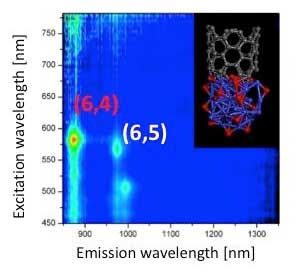 By using this approach, preferential synthesis of (6,4) SWNTs has been realized for the first time.
By using this approach, preferential synthesis of (6,4) SWNTs has been realized for the first time.
Sep 19th, 2017
Read more
 By using this approach, preferential synthesis of (6,4) SWNTs has been realized for the first time.
By using this approach, preferential synthesis of (6,4) SWNTs has been realized for the first time.
Sep 19th, 2017
Read more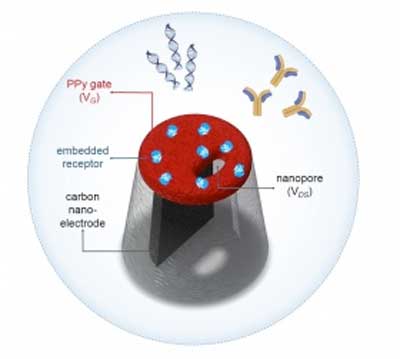 Researchers have designed a system that rapidly recognises the specific biological molecules that can indicate disease.
Researchers have designed a system that rapidly recognises the specific biological molecules that can indicate disease.
Sep 19th, 2017
Read more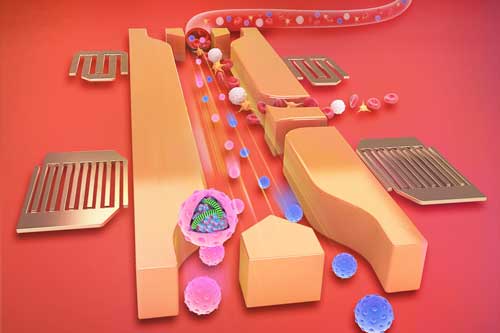 Microfluidic device uses acoustics to quickly analyze blood for signatures of cancer and other diseases.
Microfluidic device uses acoustics to quickly analyze blood for signatures of cancer and other diseases.
Sep 19th, 2017
Read more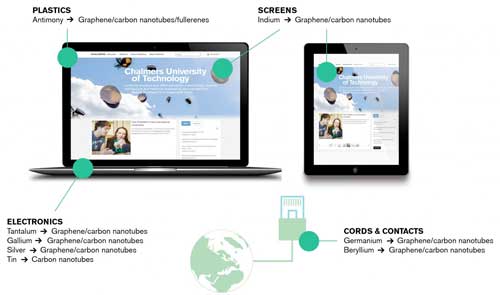 A new survey shows that there are potential technology-based solutions that can replace many of the metals with carbon nanomaterials, such as graphene.
A new survey shows that there are potential technology-based solutions that can replace many of the metals with carbon nanomaterials, such as graphene.
Sep 19th, 2017
Read more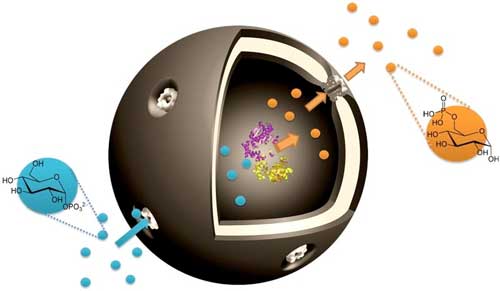 Researchers succeeded in developing capsules capable of producing the bio-molecule glucose-6-phosphate that plays an important role in metabolic processes. The researchers were able to produce the metabolite in conditions very similar to the biochemical reaction inside natural cells.
Researchers succeeded in developing capsules capable of producing the bio-molecule glucose-6-phosphate that plays an important role in metabolic processes. The researchers were able to produce the metabolite in conditions very similar to the biochemical reaction inside natural cells.
Sep 19th, 2017
Read more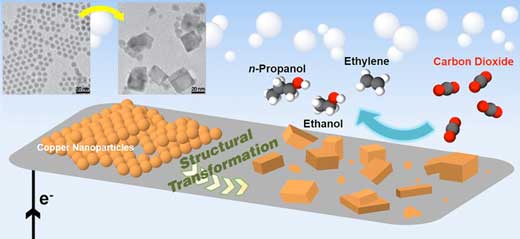 Scientists discover critical role of nanoparticle transformation.
Scientists discover critical role of nanoparticle transformation.
Sep 18th, 2017
Read more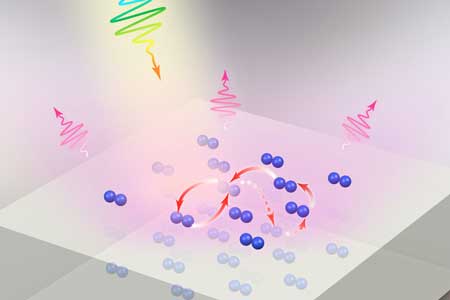 Unusual fluorescent materials could be used for rapid light-based communications systems.
Unusual fluorescent materials could be used for rapid light-based communications systems.
Sep 18th, 2017
Read more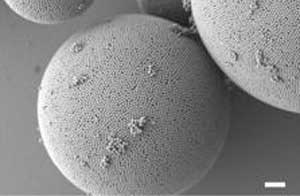 Bio-inspired supraballs are composed of a melanin core and silica shell.
Bio-inspired supraballs are composed of a melanin core and silica shell.
Sep 18th, 2017
Read more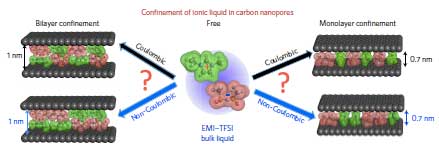 International team of researchers coax ions into close quarters despite their electric charge.
International team of researchers coax ions into close quarters despite their electric charge.
Sep 18th, 2017
Read more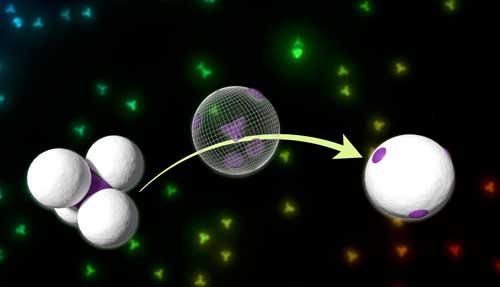 These 'patchy particles' are 1/200th the width of a human hair and can form endless architectures from a handful of basic pieces. And unlike their larger counterparts, these particles can self-assemble.
These 'patchy particles' are 1/200th the width of a human hair and can form endless architectures from a handful of basic pieces. And unlike their larger counterparts, these particles can self-assemble.
Sep 18th, 2017
Read more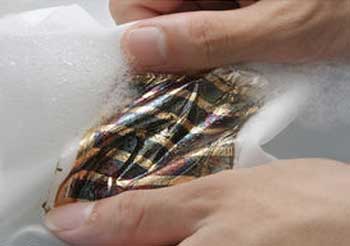 Researchers have developed a new type of ultra-thin photovoltaic device, coated on both sides with stretchable and waterproof films, which can continue to provide electricity from sunlight even after being soaked in water or being stretched and compressed.
Researchers have developed a new type of ultra-thin photovoltaic device, coated on both sides with stretchable and waterproof films, which can continue to provide electricity from sunlight even after being soaked in water or being stretched and compressed.
Sep 18th, 2017
Read more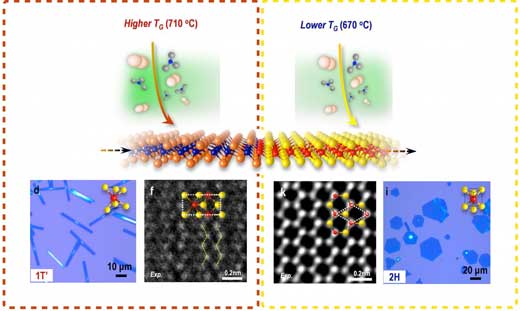 Researchers produced the first 2D field-effect transistor (FET) made of a single material.
Researchers produced the first 2D field-effect transistor (FET) made of a single material.
Sep 18th, 2017
Read more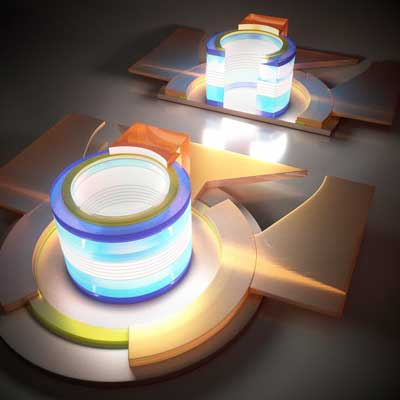 Researchers successfully demonstrated record-small electrically pumped micro-lasers epitaxially grown on industry standard (001) silicon substrates in a recent study. The thresholds and footprints are orders of magnitude smaller than those previously reported lasers epitaxially grown on Si.
Researchers successfully demonstrated record-small electrically pumped micro-lasers epitaxially grown on industry standard (001) silicon substrates in a recent study. The thresholds and footprints are orders of magnitude smaller than those previously reported lasers epitaxially grown on Si.
Sep 18th, 2017
Read more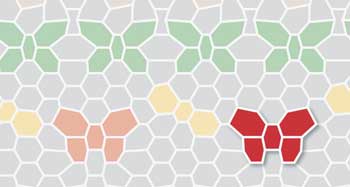 Scientists show the first new type of quantum oscillation to be reported for thirty years.
Scientists show the first new type of quantum oscillation to be reported for thirty years.
Sep 18th, 2017
Read more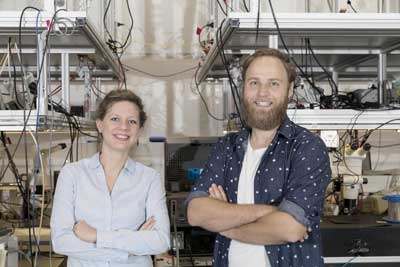 World-first transfer of light to acoustic information on a chip.
World-first transfer of light to acoustic information on a chip.
Sep 18th, 2017
Read more A new optomechanical nanosensor detects torsional frequencies with extreme sensitivity and offers new possibilities for on-chip detection and signal processing.
A new optomechanical nanosensor detects torsional frequencies with extreme sensitivity and offers new possibilities for on-chip detection and signal processing.
Sep 16th, 2017
Read more